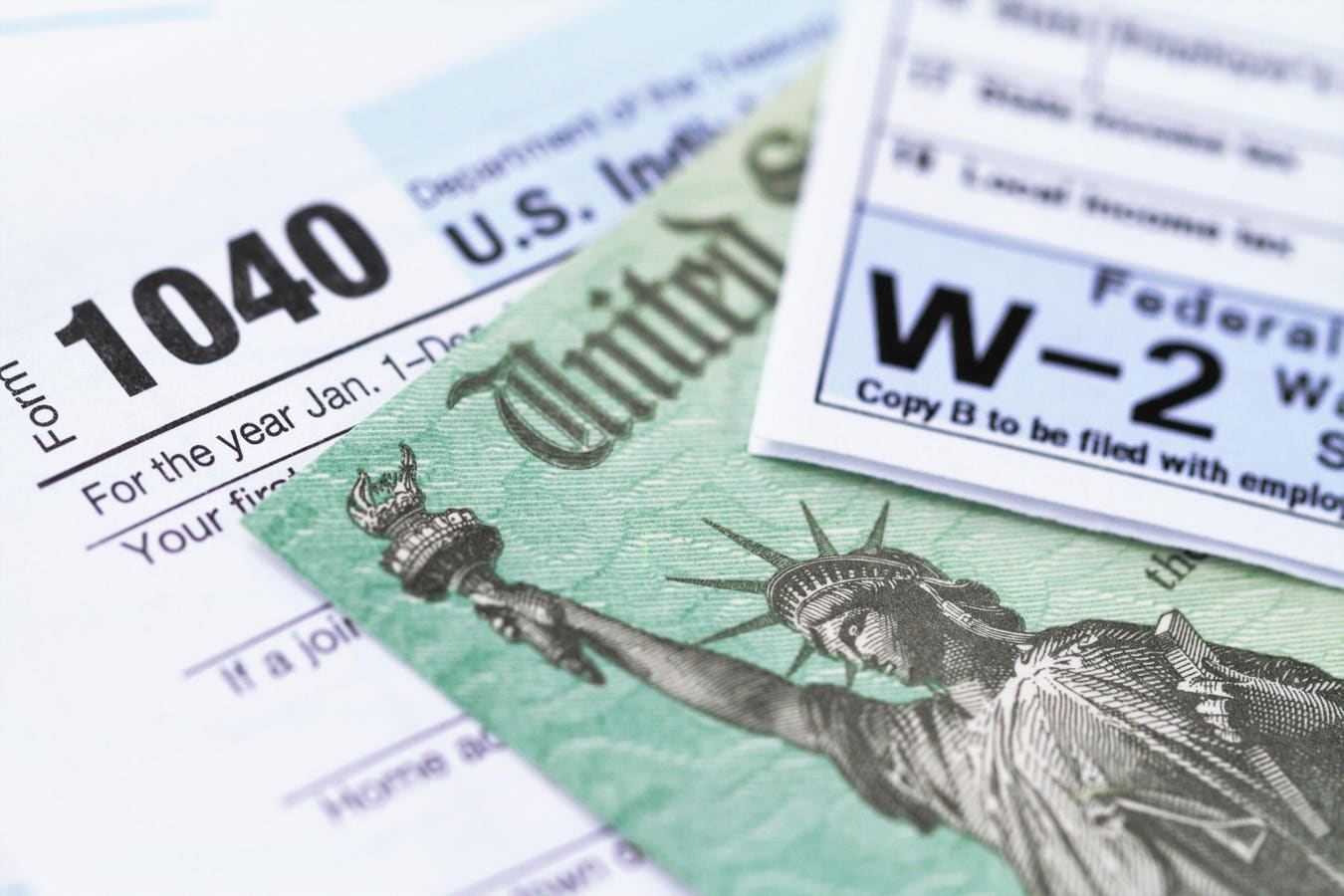Taxes are complicated and your individual taxes are based on multiple factors such as income, investment sales, business expenses and what state you live in. While everyone uses the same federal tax system, each state has their own individual tax rates. According to WalletHub’s 2024 Tax Burden by State report, the top five highest income tax rates are below:
Top 5 Highest Income Tax Rates:
- California – 4.87%
- New York – 4.63%
- Oregon – 4.3%
- Minnesota – 4.01%
- Maryland – 4.0%
There are 7 states with no state income tax: Washington, Nevada, South Dakota, Texas, Florida, Wyoming and Alaska (with Tennessee, North Dakota and New Hampshire with less than 1%).
But before you pack your bags and head to one of these low tax states, consider the total tax burden. Unlike the tax rates, the tax burden measures the proportion of total personal income that residents pay toward state and local taxes. To determine the residents with the biggest tax burdens, WalletHub compared the 50 states based on the cost of three types of taxes — property taxes, individual income taxes, and sales and excise taxes — as a share of total personal income in the state. Some of the key findings are below:
- The five states with highest overall tax burden: New York, Hawaii, Vermont, Maine and California.
- The five lowest tax burdened states are Alaska, New Hampshire, Wyoming, Florida and Tennessee.
- Washington has the highest sales and excise tax burden, while New Hampshire has the lowest.
- Red states have a lower tax burden than blue states, on average.
While no one likes to pay taxes, each state uses tax dollars for education, building and repairing roads and bridges, providing health coverage to low-income families and their children, and much more that contributes to the states overall economic health. However, Blaine G. Saito, Assistant Professor of Law, Moritz College of Law – Ohio State University, says the relationship between state tax burden and economic growth is complicated.
“I think that the data are more mixed than people would like here. Generally, lower tax burdens are seen to encourage economic growth. But economic growth can be tied to a lot of other factors. For example, New York and California are famously seen as high-tax jurisdictions. But they have relatively strong growth because of other factors. On the other hand, some lower tax jurisdictions still struggle with growth. Perhaps the success stories of lower taxes attracting growth are Texas and Florida. But there too, other factors come into play. Florida, for example, has tourism, and you can sort of tax those people with taxes. Texas has wooed California companies, not only with lower taxes but also with easier regulations and reduced costs, because housing, for example, is much cheaper in Texas cities. So, the argument here is complicated.”
Taxes may be a necessary evil, but here are a few suggestions to keep your taxes low:
- Capital gains are more tax favorable than short-term gains: holding a capital asset for longer than one year provides a preferential tax rate of 0%, 15%, or 20% on the capital gain, depending on the investor’s income level. The capital gain is taxed at ordinary income tax rates if the asset is held for less than a year before selling.
- Include those business expenses: Many expenses can be deducted from income when they’re used for business – which reduces your total tax obligation. Health insurance premiums and part of your home expenses can also be deducted depending on your type business.
- Max out your retirement accounts – you have until April 15th! Your income can be reduced by up to $23k in 2024 by maxing out your workplace retirement plan (+$7500 for those over 50 years old).
If you’re unsure about how to file your taxes, consult a tax professional or use one of the online tools here to get started.
Read the full article here

















